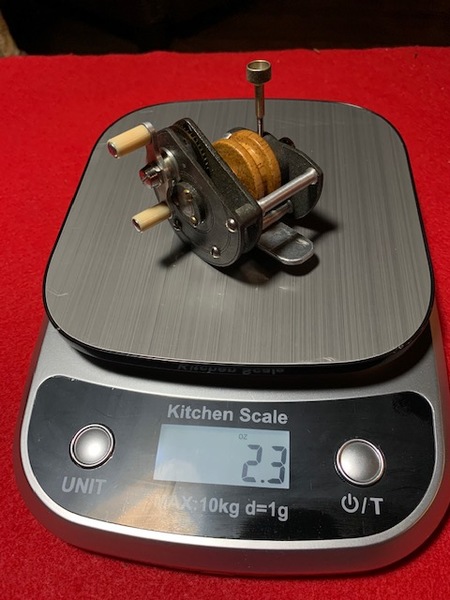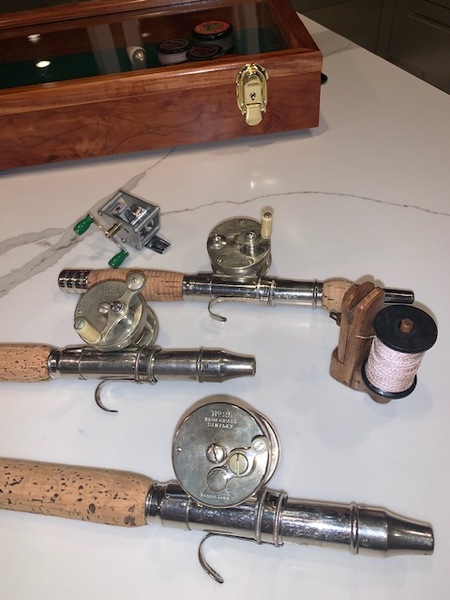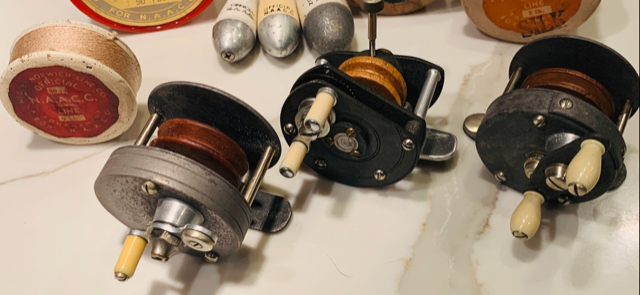


The sport of tournament casting was a very big deal in America and internationally in the first half of the 20th century. The National Association of Scientific Angling Clubs (NASAC) was founded in Kalamazoo, MI in 1906. The club produced its first newsletter (shown below) in 1921.

The NASAC sanctioned events and approved the line and casting weights used as indicated in these photos. The NASAC later changed its name to NAACC (National Association of Angling and Casting Clubs), a precursor to the current ACA (American Casting Association).
Spools of casting line and casting weights marked NASAC or NAACC approved are very collectible. A few are shown below.
The tournament reels that were made or modified in a machinists garage are my favorites. They are the epitome of American ingenuity and craftsmanship 75 years ago. Typical events at a casting tournament might include 1/4 oz. accuracy bait and dry fly accuracy, as well as distance casting events.
The spools holding line as fine as a spider web were made from wood, wood composite, aluminum, stainless steel or plastic depending on the type of event and performance that was sought.
Three of the reels shown below are made of light weight magnesium and weigh as little as 2.3 ounces. Two are made of machined aluminum. Several have been cut down to reduce weight and modified from mass-manufactured reels. The two in the rear are contemporary casting reels made by John Elder of California and the late Tony Dillender of Kentucky.
Typically, the handle on a tournament casting reel pops out to disengage the gears and allow for free spool casting. To retrieve the line the gears, would be re-engaged. The handles could range from counterbalanced grasps to tiny 1/2 handles.






A pair of classic tournament reels built by Andy Jokar in Dayton, Ohio late 1950s-early 1960s.


